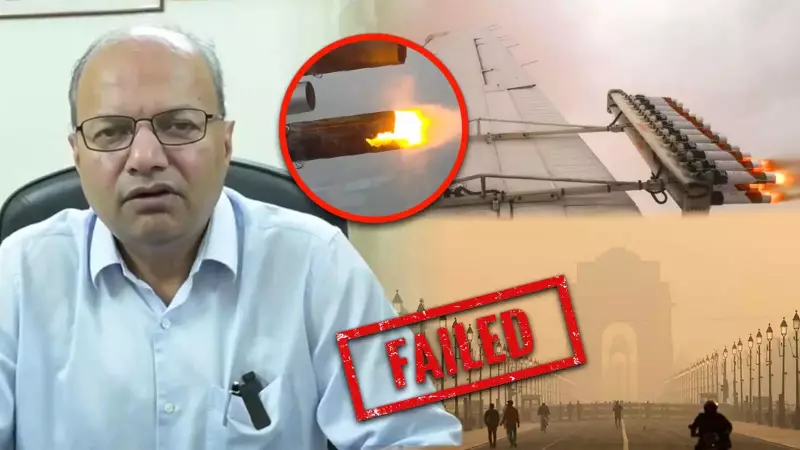
Delhi's highly anticipated cloud seeding mission, worth ₹3.2 crore, has ended in disappointment as weather experts confirm the ambitious project failed to deliver the promised artificial rainfall. The much-hyped initiative, designed to combat the city's severe air pollution through weather modification, encountered fundamental atmospheric challenges that prevented successful implementation.
Why Delhi's Artificial Rain Plan Evaporated
According to meteorological experts, two critical factors doomed the cloud seeding operation from the start. The primary issue was insufficient moisture content in the atmosphere, creating conditions where even advanced cloud seeding techniques couldn't generate meaningful precipitation. Additionally, weak cloud formation and unfavorable wind patterns further complicated the artificial rain creation process.
The Science Behind the Failure
Cloud seeding requires specific atmospheric conditions to succeed, including adequate cloud density and moisture availability. Experts revealed that Delhi's current weather patterns simply didn't meet the minimum thresholds required for successful precipitation induction. The technology, which involves dispersing substances like silver iodide into clouds to encourage rain formation, proved ineffective against the capital's dry atmospheric conditions.
Financial and Environmental Implications
The failed mission represents a significant financial investment of ₹3.2 crore that yielded no measurable results. This outcome raises important questions about the viability of cloud seeding as a pollution control strategy for Delhi, particularly during winter months when air quality typically deteriorates to hazardous levels.
Environmental scientists are now reconsidering whether cloud seeding represents a practical solution for Delhi's pollution crisis, or if resources might be better allocated to addressing pollution sources directly through emission controls and sustainable urban planning initiatives.





